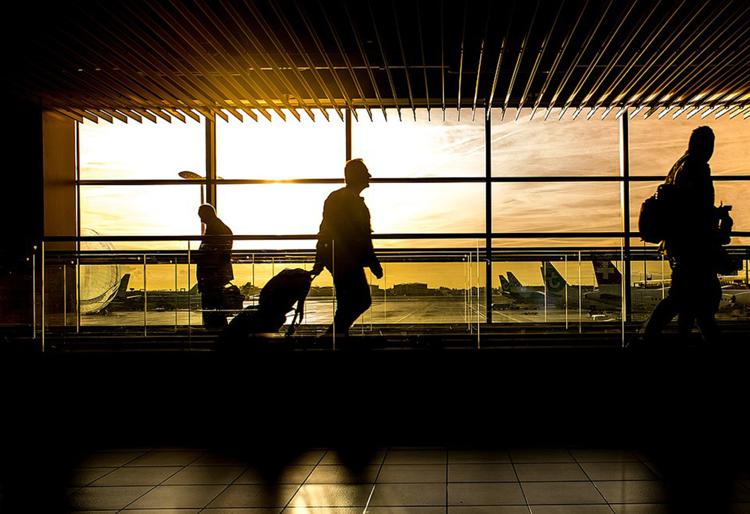According to the Bureau of Transportation statistics, the Thanksgiving and Christmas/New Year’s holiday periods are among the busiest long-distance travel periods of the year.
During the six-day Thanksgiving travel period, the number of long-distance trips (to and from a destination 50 miles or more away) increases by 54 percent, and during the Christmas/New Year’s holiday period the number rises by 23 percent, compared to the average number for the remainder of the year.
Whether it will be spending four hours in the car to catch a plane out of Detroit or loading suitcases and bags into overhead bins, holiday travel imposes different types of strain than we experience other times throughout the year.
We twist awkwardly to get out of ever-shrinking plane seats, pack more weight into our carry-ons to prevent our bags going over the weight limit, and sometimes have to sprint through terminals to make up time from delayed flights.
If you’re a regular reader of this column, you know I like to say “an ounce of prevention is worth a pound of cure.”
Keeping your body strong and flexible goes a long way toward reducing the chance of injuring yourself both around the house and while traveling.
That being said, even fit and flexible folks sometimes develop sprains and strains when they are rushing through airports and hurrying to unpack to see their family.
Here are a few tips to make your journey over the river and through the woods more comfortable:
Freely move about the cabin
Regardless of your mode of transportation, it is best to change position every one to two hours, or even more often if possible.
Getting up to walk the aisles on planes and trains whenever you’re able can prevent your back and neck from getting stiff.
When driving, it is very helpful to stop, get out, and walk around for two to five minutes every one-and-a-half to two hours.
Doing so keeps your muscles, ligaments, and tendons warm and pliable.
Take turns when driving
If you are normally the driver on trips longer than three to four hours and have a willing and able passenger, take turns knocking off a couple of hours each.
Being in the passenger seat and having the ability to recline for 15-20 minutes can unload the structures of your spine that tend to get stiff after hours of upright sitting.
Move boxes and luggage like a T-Rex
Pretending you have short little arms is actually a great way to reduce the likelihood of injuries to your spine and joints.
Objects positioned further from your torso require more strength to lift, and higher muscle forces produce more stress on the body.
To offset the strain, keep suitcases, boxes, and bags as close to your body as possible, whether you’re lifting them out of a trunk or placing them into an overhead bin.
Bring a short workout routine with you
When I hear that a patient is going to be traveling, I like to find out where they’ll be staying (a hotel, a family member’s house, a cruise ship, etc.).
I send them with a 10-15 routine to help with flexibility and postural strength. That length of time is easy to work into their day, keeps aches and pains to a minimum, and prevents their condition from regressing. Short and sweet is the name of the game when you’re on the road.
Ask for help
Finally, if you have an existing injury or perhaps have had surgery recently, get some help. Airports have carts and personnel available to help get people and their belongings from point A to point B.
While it may cost a few dollars for that convenience, it will likely be cheaper than a trip to an urgent care center in your destination city.
Jeff Samyn is a physical therapist, board-certified orthopedic clinical specialist and certified strength and conditioning specialist at Northern Michigan Sports Medicine Center in Petoskey. He may be reached via e-mail at jsamyn@nmsportsmed.com. This information is not to be considered medical advice and is not intended to replace consultation with a qualified medical professional.







